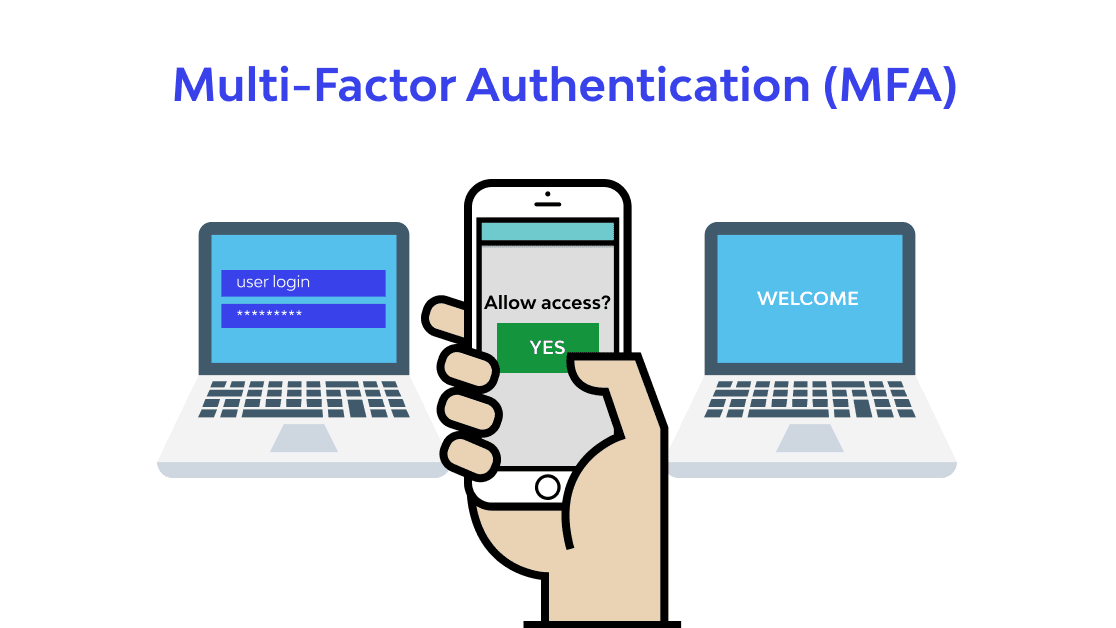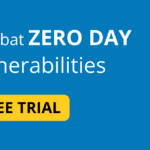What is Multi-Factor Authentication (MFA) ?
Multi-Factor Authentication, commonly referred to as 2FA, is an authentication technique that increases security during the login process by forcing users to submit multiple verification factors. This reduces the possibility of illegal access to sensitive data or system . Reda about our other post at bugify.in
One-time passwords created by authenticator applications or delivered via SMS, physically inserted smart cards into readers, facial recognition, and personal security questions are examples of common authentication factors used in multi-factor authentication (MFA). These extra elements strengthen the authentication process’ security and make it harder for unauthorized users to access data.
It adds another layer of security to user identities and corporate networks, making sure that only people with permission can access sensitive data or systems. The identity and access management plans of many enterprises now include MFA as a fundamental element.
Why is MFA Important ?
Users who utilize the MFA authentication technique must supply extra authentication factors in addition to their username and password.
Using simply usernames and passwords is a typical approach that leaves users open to different cyberattacks like phishing scams and brute-force attempts. Login credentials are simple for cybercriminals to obtain or crack, giving them access to confidential data without authorization.
MFA reduces these threats by incorporating an additional security measure. MFA considerably lowers the possibility of unauthorized users getting access by requiring additional authentication factors, such as something the user knows (password), something the user owns (smart card or mobile device), or something the user is (biometric authentication).
How Does MFA Work?
Two types of multi-factor authentication are recognized:
Two-factor authentication method known as MFA for devices that confirms a user at the time of login.
MFA for apps: A two-factor authentication procedure that confirms a user’s identity before granting access to one or more apps.
Both MFAs operate in the same manner. The procedure normally entails setting up MFA in the user account and connecting it to an MFA program or app. The linked token for the account, which might be a random number produced by a Google Authenticator-like app, is then requested from the user.
Types of MFA Authentication Methods
The knowledge, possession, and inherence elements serve as the foundation for the three primary categories of MFA authentication mechanisms.
The knowledge factor is a part of MFA that calls for the user to enter data they are aware of, like a password or PIN. It is the most often utilized MFA factor and raises the login process’s level of security.
A mobile device, smart card, or physical token are examples of things that the user must hold in order to satisfy the possession criteria. This aspect makes sure that the user has a real thing in their hands to finish the authentication procedure. By making it more difficult for unauthorized parties to access the user’s account or critical information, it adds an extra degree of security.
There are various checks available for implementing MFA, and the list is continually expanding. We have selected the common picks here.
What are the Factors of Authentication methods?
A user can offer factors, or bits of information, to confirm their identity. Although 2FA is the most popular type of authentication, security experts now use a total of five elements of authentication.
There are many types of Factors of Authentication method:
- Knowledge factor
- Possession factor
- Inherence factor
Conclusion
One of the best methods for preventing unauthorized access to your online accounts is multi-factor authentication (MFA). MFA makes it very difficult for attackers to access your data and systems by forcing users to submit two or more forms of authentication.
- MFA is an essential security measure for businesses and individuals alike.
- MFA can significantly reduce the risk of account takeover, phishing attacks, and other cyber threats.
- MFA is relatively easy to implement and use, and it is available for a wide range of online accounts and systems.
Multi-Factors Authentication is good for security reasons as security is Important today













